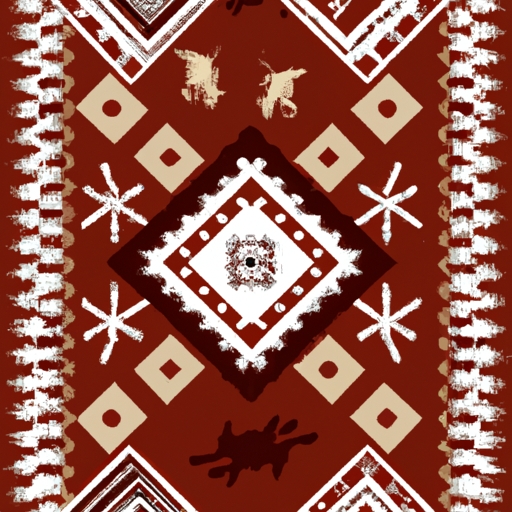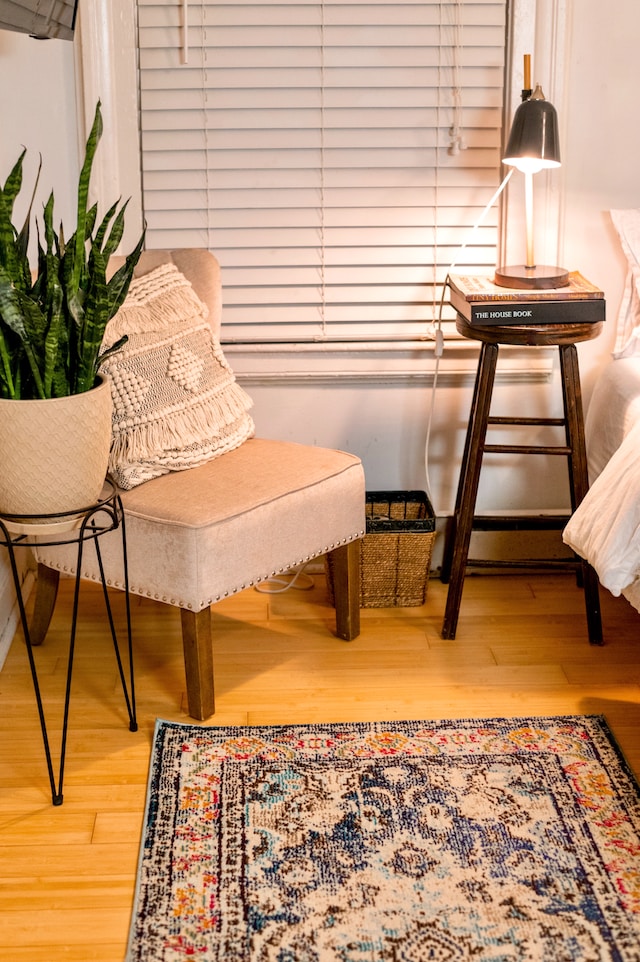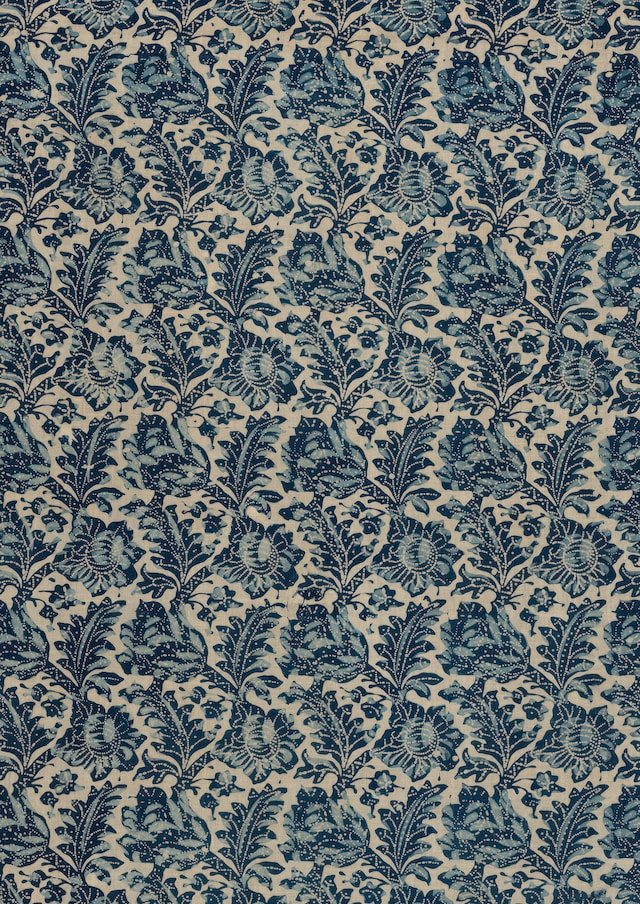southwest and native american style and culture.
Historical background of Southwest and Native American tribes
The Southwest region of the United States is rich in history and culture, particularly when it comes to Native American tribes. These tribes have inhabited the area for thousands of years, leaving behind a legacy of art, architecture, and traditions that continue to influence the region today.
The Southwest is home to a diverse array of Native American tribes, each with their own unique customs and beliefs. Some of the most well-known tribes in the region include the Navajo, Hopi, Pueblo, and Apache peoples. These tribes have deep connections to the land and are known for their intricate artwork, colorful textiles, and striking pottery.
One of the defining features of Southwest Native American culture is their close relationship with nature. Many tribes in the region believe in living in harmony with the natural world and often incorporate elements of nature into their artwork and ceremonies. For example, the Navajo people consider certain mountains and rivers to be sacred sites that hold great spiritual significance.
Throughout history, Southwest Native American tribes have faced numerous challenges, including colonization, forced relocation, and cultural assimilation. Despite these hardships, many tribal communities have worked hard to preserve their traditions and pass them down to future generations.
Today, visitors to the Southwest can experience firsthand the vibrant culture of Native American tribes through museums, art galleries, and cultural events. By learning about the historical background of these tribes and their enduring legacy in the region, we can gain a deeper appreciation for their contributions to our society.



